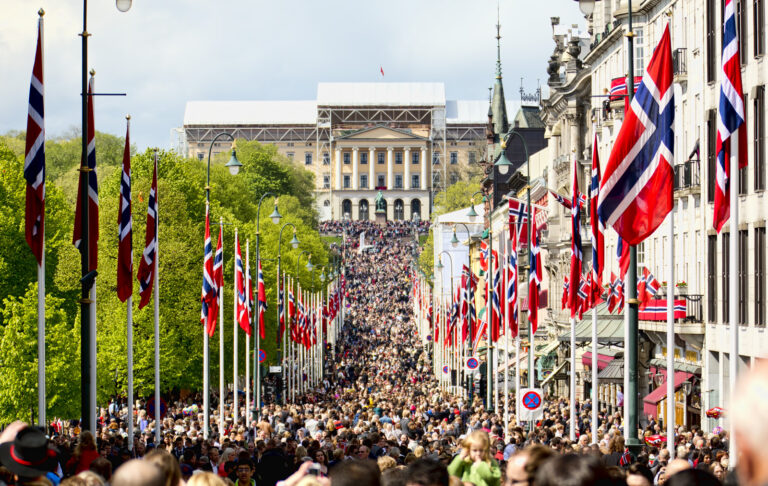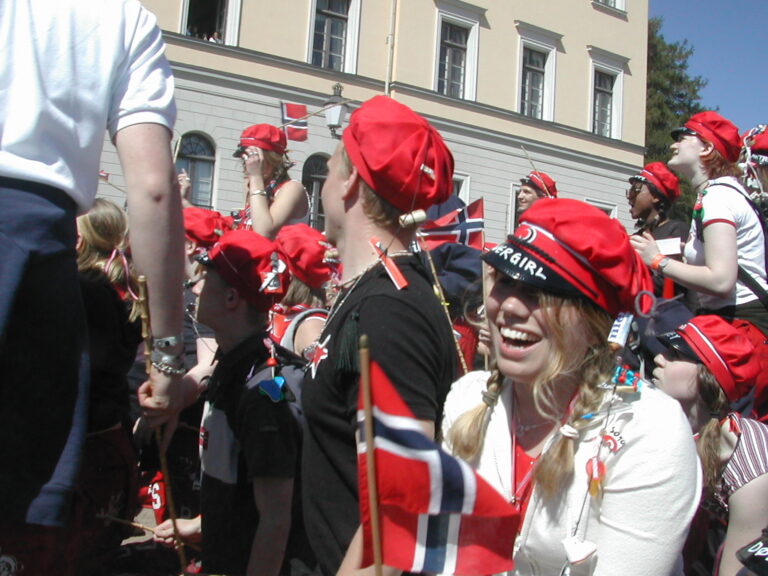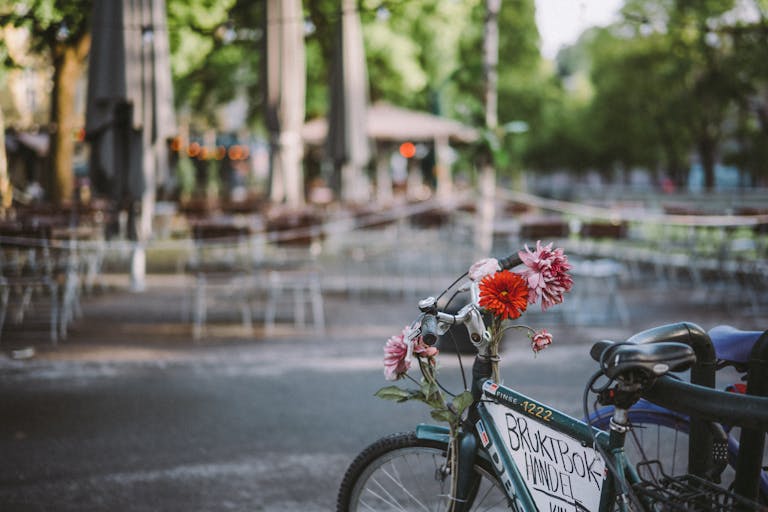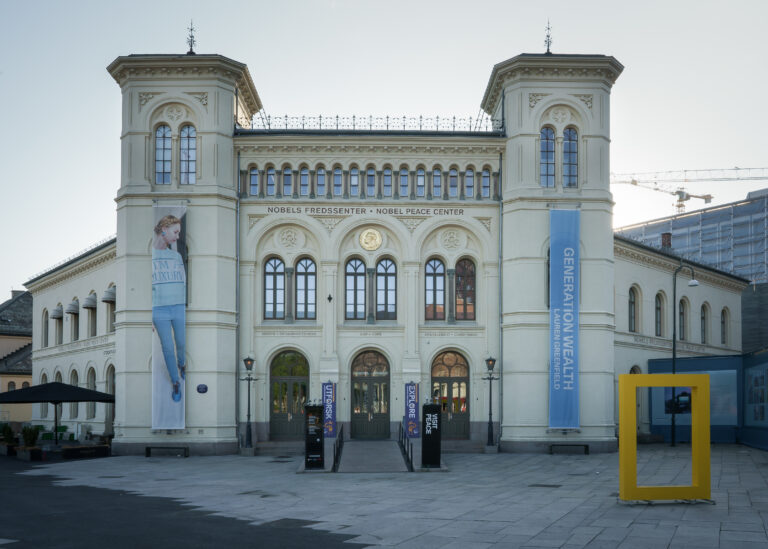Easter in Oslo—and throughout Norway—is a special time filled with unique traditions, many of which might surprise those unfamiliar with Norwegian culture. Unlike other countries where Easter revolves primarily around religious observances and family gatherings, Norway has developed its own distinct way of celebrating the holiday. From skiing in the mountains and enjoying oranges in the snow to reading crime novels and hunting for oversized paper eggs filled with candy, Easter in Oslo is a blend of outdoor adventure, sweet indulgence, and a touch of mystery.
A Nation on the Move: Skiing and Cabin Trips
One of the most iconic parts of a Norwegian Easter is the exodus from the cities to the mountains. Known as påskefjellet (the Easter mountain), this tradition sees thousands of Oslo residents packing up their ski gear and heading to cabins (hytter) in the mountains to make the most of the lingering snow before spring fully arrives.
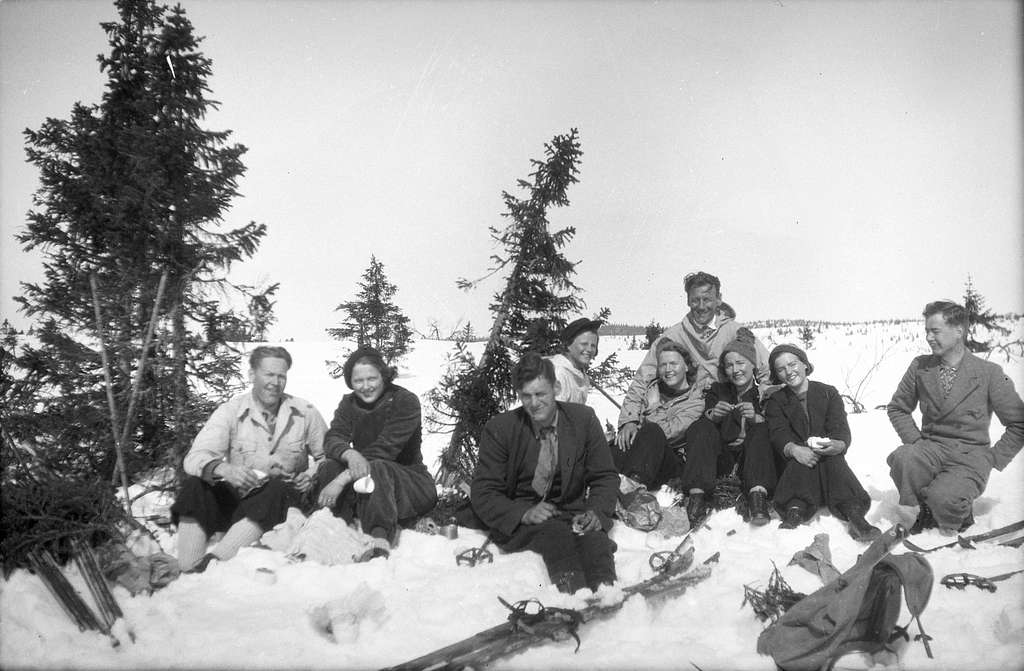
Even those who stay in Oslo take advantage of the holiday break by enjoying the city’s many outdoor spaces. The forests of Nordmarka, easily accessible from Oslo’s public transport system, are full of locals skiing, hiking, or just basking in the bright (though still chilly) spring sun.
The Classic Easter Snack: Oranges and Kvikk Lunsj
While other countries associate Easter with chocolate eggs and hot cross buns, Norwegians have a different tradition—eating oranges in the snow. This love for oranges dates back to the early 20th century, when imported citrus fruits became a highly anticipated springtime delicacy. Today, Norwegians eat millions of oranges during Easter week, often peeling them with frozen fingers during a ski break.

Another staple of Norwegian Easter is Kvikk Lunsj, a chocolate-covered wafer bar that’s strikingly similar to Kit Kat but with its own Norwegian twist. First introduced in 1937, Kvikk Lunsj has become synonymous with skiing trips and is often packed alongside containers of hot chocolate or coffee. The combination of oranges and Kvikk Lunsj has become so ingrained in Norwegian culture that it’s hard to imagine Easter without them.
A Different Kind of Easter Egg
Unlike the small, foil-wrapped chocolate eggs common in other countries, Norwegian Easter eggs are large, decorative paper or cardboard eggs that open to reveal an assortment of sweets. Families and friends fill these eggs with chocolate, marzipan, and other treats, often customizing them to the recipient’s taste.
The tradition of Easter egg hunts (påskeegg jakt) is not as deeply ingrained in Norwegian culture as in some other places, but it has been growing in popularity, especially among families with young children. Many public events and parks in Oslo now organize egg hunts, adding to the festive atmosphere.
Why Do Norwegians Read Crime Novels at Easter?
One of Norway’s most curious Easter traditions is påskekrim, or “Easter crime.” In the weeks leading up to Easter, bookstores in Oslo fill their windows with crime novels, and TV stations air special crime dramas and detective series. Even milk cartons in Norway sometimes feature short crime stories during Easter!
The origin of this tradition can be traced back to 1923 when two young Norwegian authors, Nordahl Grieg and Nils Lie, published a crime novel titled Bergenstoget plyndret i natt! (“The Bergen Train Was Robbed Last Night!”). Their publisher ran a front-page newspaper ad that looked so realistic people believed a real train robbery had occurred. The publicity stunt was so effective that the book became a huge success, and thus, a national obsession with crime fiction during Easter was born.

Today, Norwegians consume an impressive amount of crime novels during Easter week, and popular Norwegian authors like Jo Nesbø dominate bookstore shelves. The tradition has expanded to include crime-themed podcasts, movies, and TV series, making it a season of suspense as much as relaxation.
Religious and Cultural Easter Celebrations in Oslo
While Norway is a largely secular country, Easter still holds religious significance for many. Churches in Oslo, including the grand Oslo Cathedral, hold special services throughout Holy Week. The cathedral, with its beautiful baroque design, becomes a gathering place for those who observe Easter in a more traditional, spiritual way.
For the majority of Oslo’s residents, however, Easter is less about religious observances and more about enjoying the outdoors, spending time with family, and indulging in seasonal treats. Many businesses and shops close during Skjærtorsdag (Maundy Thursday) and Langfredag (Good Friday), making it a quiet time in the city.
Modern Easter Festivities in Oslo
In recent years, Oslo has embraced new Easter traditions alongside the old ones. Some highlights include:
- Easter Markets: Seasonal markets pop up around the city, offering handcrafted decorations, artisanal chocolates, and springtime flowers.
- Concerts and Cultural Events: Various theaters and music venues host Easter-themed performances, from classical concerts to contemporary shows.
- Easter Buffets at Restaurants: Many restaurants in Oslo offer special påskebuffet, featuring everything from roast lamb (a traditional Easter dish) to fresh seafood.
Conclusion: A Unique Easter Experience
Easter in Oslo is a time of contrasts—snowy landscapes and warm sunshine, relaxation and thrilling crime stories, tradition and modern festivity. Whether you prefer skiing in Nordmarka, enjoying an orange and Kvikk Lunsj on a snowy peak, or cozying up with a Jo Nesbø novel, Easter in Oslo offers something for everyone.


